A Sound EQuation
The EQC is Mercedes’ first all-electric vehicle under the Mercedes-EQ sub-brand. Does it live up to the revered Mercedes badge?


The EQC is Mercedes’ first all-electric vehicle under the Mercedes-EQ sub-brand. It’s not quite all-new though, as it is based on the underpinnings of the Mercedes-Benz GLC. So if you look close enough, there are tell-tale signs that this isn’t quite a full-blown EV experience. Pop the hood and you would see an engine cover (without an engine underneath, of course) that offers nothing in the way of a frunk. The car feels fairly large on the outside too but inside, there is less space than one expects.

Still, for those none the wiser, it certainly looks the part. Mercedes-EQ’s mantra is Progressive Luxury, and the exterior design does play this out well. The impressive front and rear is best viewed at night with various strips of LEDs that look commanding and sophisticated. The front lights will also do a light dance with every start that will impress the multi storey car park neighbours.
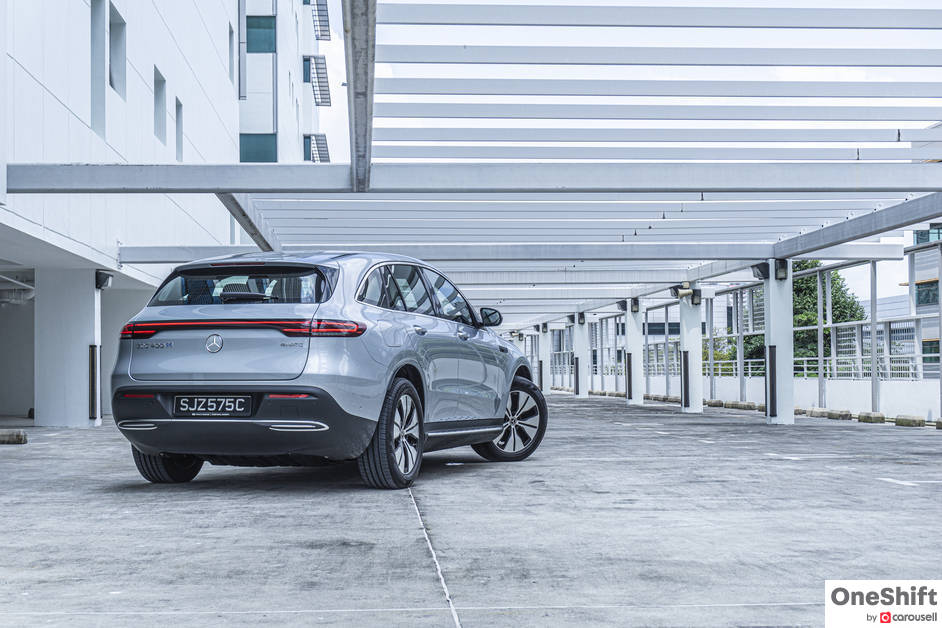
However, other than the dazzling lights, the rest of the car actually looks rather normal save for some blue accents, which could be a plus for those yearning for familiarity. The test car is specified with the Electric Art trim and if you opt for the higher-priced AMG Line, you will get an AMG-specific radiator grille, redesigned front and rear aprons, AMG rims, a three-spoke steering wheel and stainless steel pedals. It seems a little incongruent to the EV philosophy though.
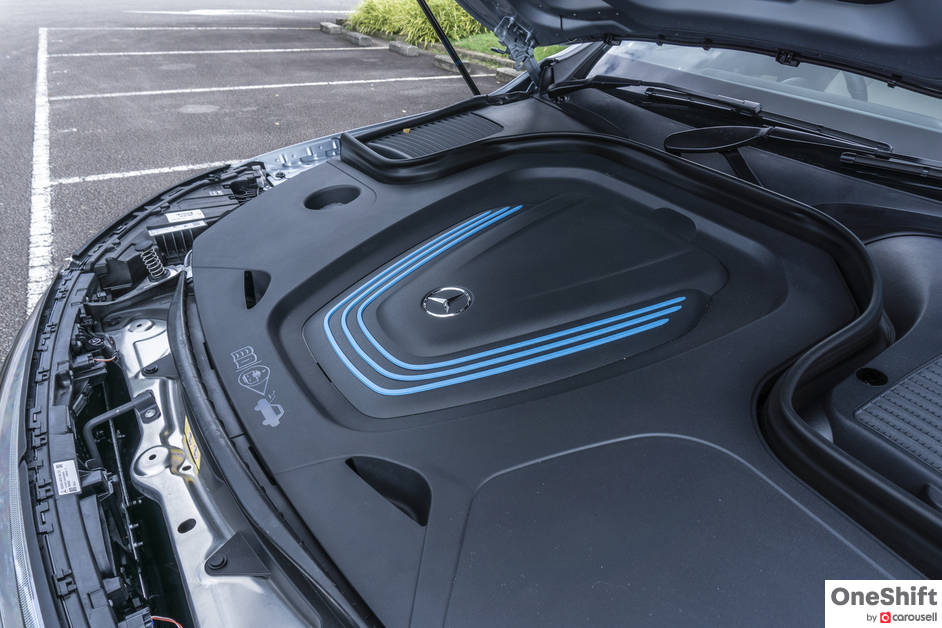
One thing of note is the EQC does seem to sit rather high and I wished it was several notches lower. I had some difficulty climbing in and out of the car especially with the high sills and side steps. Some may like the higher seating position for a good view out.
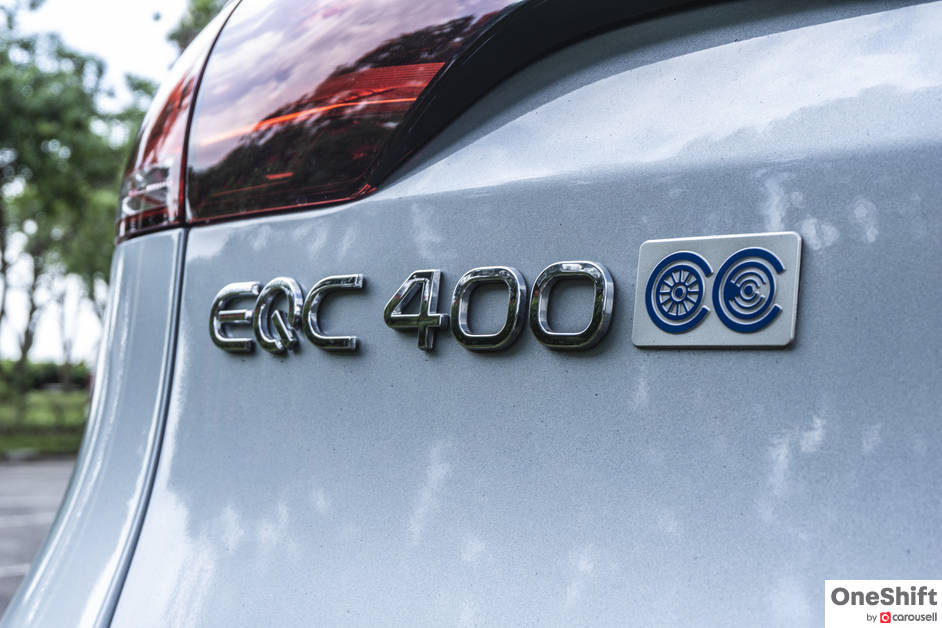
If you have been in a modern Mercedes, the EQC’s interior would be ultra familiar. There is even less differentiation from a normal Mercedes model inside than the outside, but there are some interesting touches like the all-weather-like recycled material that is used extensively on all top surfaces, as well as rose-gold accents. There are also ribbed metallic surfaces which serve no other purpose than to look interesting; Mercedes says these resemble the cooling ribs of a hi-fi amplifier. Beyond what you can see, Mercedes has used earthy materials like hemp, kenaf, wool or paper in the name of being resource-friendly.

It’s a nice place to be for sure, with the intuitive MBUX system as good as ever. I just wished for better quality of materials as it can feel semi-premium rather than premium with the extensive use of plastics and lack of attention to detail (e.g. button feel and action).
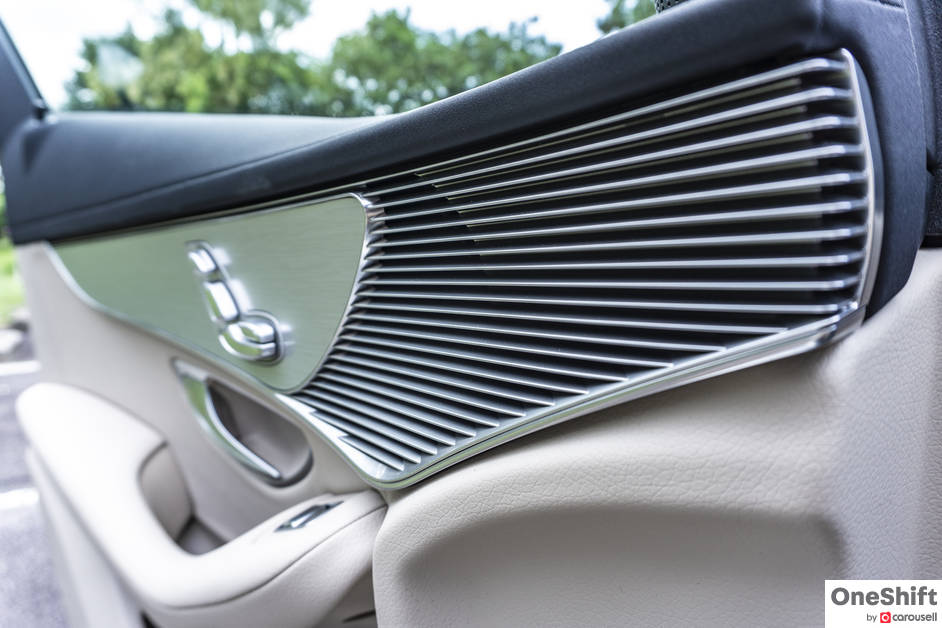
The EQC is powered by two electric motors, one at each axle and produces 408 hp and a tree-breaking (or should I say tree planting) 760 Nm. With this configuration it is as if the EQC is equipped with 4MATIC - Mercedes’ speak for all-wheel drive. Torque is distributed between the front and rear in real time, but as a default the front wheels are powered for low to medium loads, while the rear wheels come to play more in dynamic driving. The car is a tidy handler but feels detached because of its inert steering as well as ride that seems to bottom out too easily. Primary ride is good but I had expected more from a Mercedes as some road imperfections at lower speeds came through to the cabin rather noticeably.

The EQC is one of the most powerful in its segment and you won’t doubt its 0-100 km/h time of 5.1 seconds. It is rapid, but then so are most EVs at this price point. What you’re looking out for then are the other differentiator factors, one of which is NVH. Mercedes has done a stellar job on this front as noise is very suppressed. Most of the time, you can only hear the distant whir of the electric motors. Otherwise, it’s as quiet as a church in the EQC even at speed, with wind or road noise hardly intruding into the interior. One innovation contributing to this serenity is Mercedes isolating the power packs by rubber mounts at the subframe and its connections.

The drive modes (Comfort, Eco, Sport, Individual) are a welcome feature as it allows you to tweak the car to your liking. For an EV, it makes a huge difference as the throttle response and braking vary tremendously depending on how you set the regeneration, for example. Having tried all states of regen, I much prefer D as it feels the most natural, although Mercedes has done well to differentiate between the modes very well. In D+ the car will coast just like any ICE car, while in D-- the regen is fairly typical of the expected EV experience. There is a setting for just about everyone, but steering feel remains artificial no matter which setup.

Range is not a major issue with the EQC, with Mercedes claiming a maximum of 423 km on the NEDC cycle. However, turning on the air-conditioner is a big drag on energy use, and I started off with a range of only 353 km after doing so even after a full charge. After driving 184 km, I had 128 km of range left, so that works out to 312 km in real-world use. With 110 kW DC fast-charging, the EQC can be juiced up from 10% to 80% state of charge (SoC) in around 40 minutes. Interestingly, the batteries are made in-house by Daimler’s subsidiary and not sourced externally; they are also produced with CO2-neutral operations.
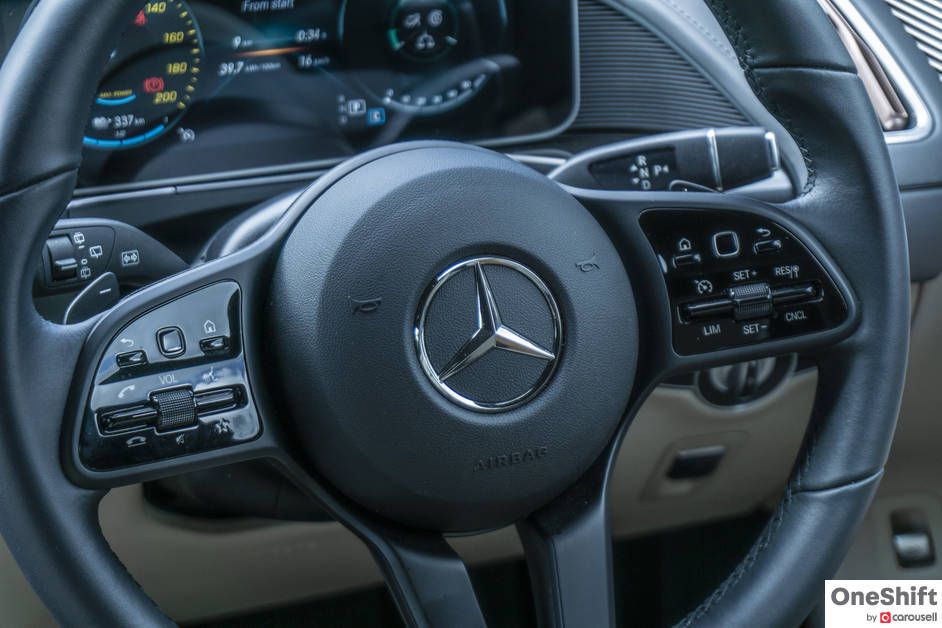
One thing I disliked was how eager the car was to switch off. It will shut down on its own after I open the doors (even though I wanted it to stay on). Also, the A/C will take a while to switch on after the car is turned on, and the side vents are angled awkwardly so you will only get the draft to your face at best and not to your body.

The EQC is a fairly accomplished Mercedes but as an EV it felt like it didn’t push the envelope enough. Also, at an approximate S$52k premium to the BMW iX3, it seems like it has a lot more justifications to come up with to justify its price.

It’s hard not to mention the Tesla Model 3 as well which retails for approximately S$135k less, Tesla’s cheapest product. However, notwithstanding that the Model 3 operates in a different segment, it is worth mentioning that Tesla does not provide the full-suite of ownership benefits like a usual car manufacturer. For example, you are on your own in installing a wall charger to your property. So do take note of that when cross-shopping between these EVs.

Credits: Text and Photos by James Wong




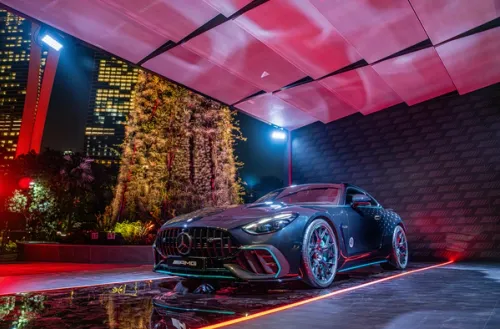



Get the Best Price for your used car
from 500+ dealers in 24 hours

- Convenient and Hassle-Free
- Consumer Protection
Transparent Process
With No Obligation








